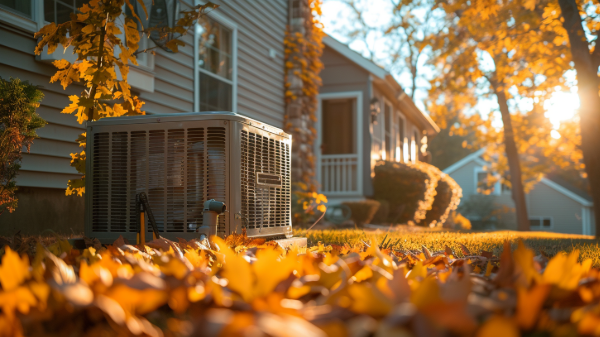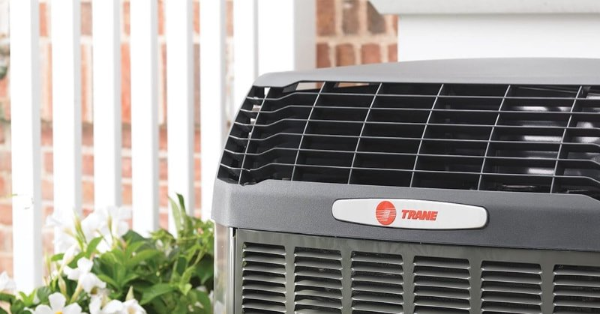Understanding the Air Quality Index
Basics of Air Quality Index
When you check the daily weather forecast, you may have seen a section for the Air Quality Index but not known what it meant. Pollutants in the air could cause or contribute to respiratory illnesses or other medical conditions. In the interest of public health and safety, the Environmental Protection Agency developed the AQI as a way to communicate information to the public about the level of pollutants in the air on a daily basis. AQI refers to the air quality outside, but it is also important to pay attention to indoor air quality and take steps to keep it at an acceptable level.
What Pollutants Does the AQI Track?
The Clean Air Act Regulates five major air pollutants:
- Carbon monoxide
- Ground-level ozone
- Nitrogen dioxide
- Particulate matter
- Sulfur dioxide
At over 1,000 locations across the country, monitors record concentrations of these pollutants every day. Based on the level of each pollutant in the atmosphere, each is assigned its own separate value according to the air quality standard established for it by the EPA. The AQI value for the day is the highest score reported for an individual pollutant.
Local and state agencies are required by law to report daily AQI scores in cities with a population larger than 350,000. As a public health service, many smaller communities report it as well.
What Do AQI Scores Mean?
AQI is expressed as a numerical score ranging from zero to 500. The higher the score, the greater the level of pollutants in the atmosphere. If the AQI score is 301 or higher, it represents a public health emergency in which everyone is at increased risk of negative health effects due to poor air quality. Members of the general public may start experiencing adverse effects when the AQI value is between 151 and 200, and if the value is 101 or over, sensitive groups may experience health problems. Sensitive groups include older adults, young children, and people with diseases of the lungs or heart.
The AQI also uses color codes to indicate the level of concern associated with an AQI value range:
- Maroon: Hazardous levels (AQI values of 301 or higher)
- Purple: Very unhealthy levels (AQI values of 201 to 300)
- Red: Unhealthy levels (AQI values of 151 to 200)
- Orange: Unhealthy levels for sensitive groups (AQI values of 101 to 150)
- Yellow: Moderate levels of concern; acceptable air quality (AQI values of 51 to 100)
- Green: Pollutant levels are good; air quality is considered satisfactory (AQI values of 51 to 100)
How Do You Read AQI Values?
Because AQI values are organized according to a color-coded system, you should be able to tell at a glance whether the levels are low or high. The report that you receive often offers some sort of guidance on things you should do in response to the AQI in your community for that day, such as avoiding heavy exertion.
While there are habits you can change to help improve outdoor air quality in the long term, there is little you can do about the AQI on any given day. Fortunately, you do have more control over your indoor air quality. Simple steps such as maintaining your air conditioner can help to improve it. For more information about the HVAC services that Next Level Heating and Air Conditioning, Inc. provides, contact us at 707-228-9921.









